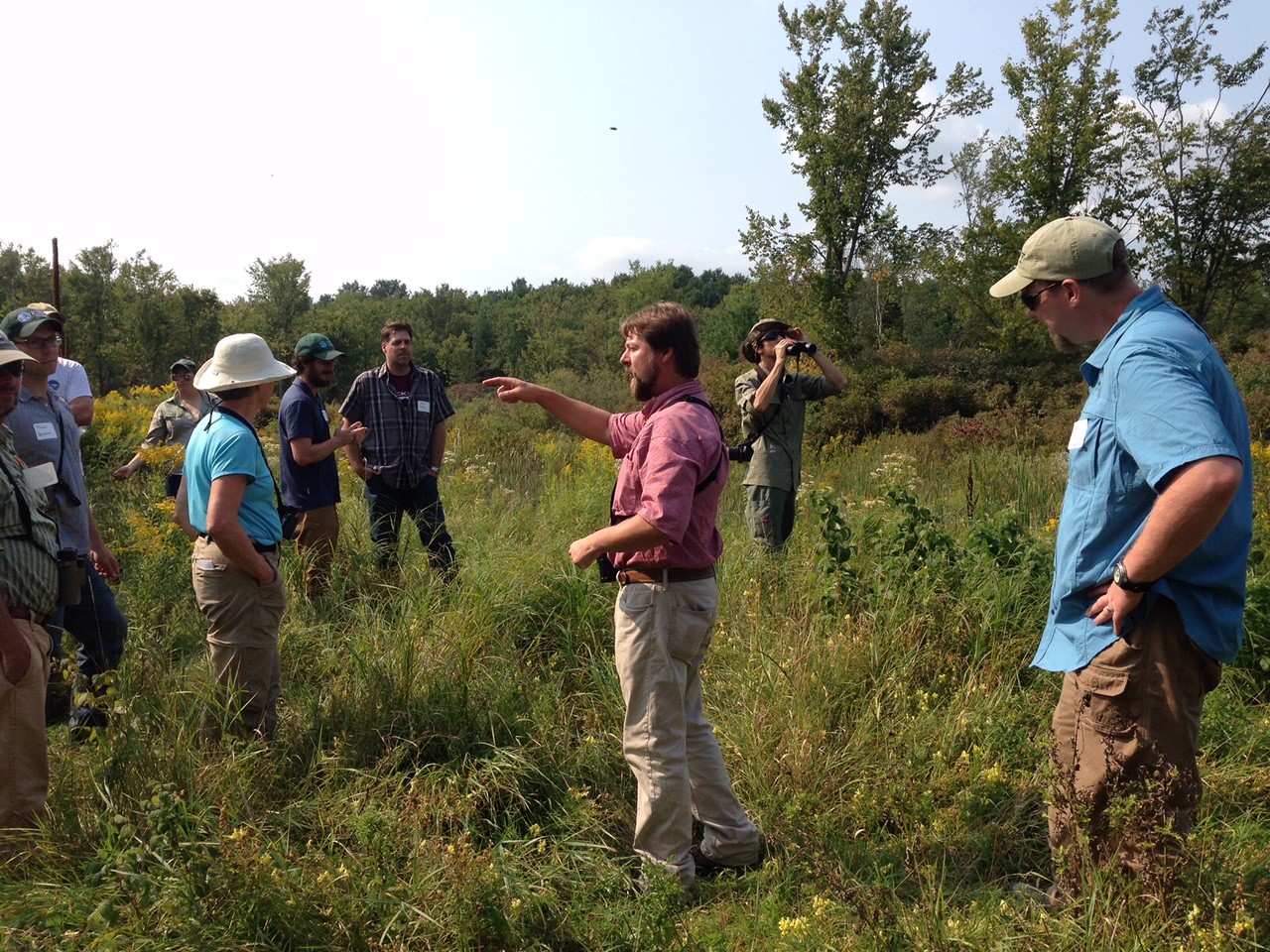Land Trusts in Action
Land trusts across the U.S. are providing benefits to birds. The State of the Birds on Private Lands details these contributions. This website highlights some of the great work of land trusts – through collaboratives working with the Lab of Ornithology and by showcasing many land trust success stories.
Collaboratives
Protecting almost any piece of undeveloped land will provide some benefit to birds and other wildlife. However, strategic and coordinated efforts across landscapes or regions can substantially increase the impact and cost-effectiveness of conservation. Strategic conservation may direct efforts towards specific habitats or species that are rare or threatened, and can be used to leverage investments from multiple partners. Land trusts within a region are natural partners by way of geography and are likely to share regional species that are in most need of conservation action. Land Trust Bird Conservation Collaboratives (Collaboratives) bring neighboring lands trusts together to focus conservation efforts on high priority birds in the places where protection and management are most needed and can be most effective. By working in collaboratives, land trusts can more effectively secure resources and recognition for their contributions to the recovery of imperiled species.

Collaboratives are regional land-trust partnerships fostered by the Cornell Lab of Ornithology (Cornell Lab) and linked to local bird conservation organizations, such as state Audubon offices. Each Collaborative is organized around a cluster of land trusts that share similar habitats and responsibilities for protecting and managing high priority bird species. The goal is to generate synergy and accomplish landscape-scale conservation by bringing multiple, neighboring land trusts together around a set of common goals for bird conservation. Each Collaborative receives initial training, resources, and connections to on-the-ground partners from the Cornell Lab. In some cases, Collaboratives can apply to the Cornell Lab to have a student intern work directly with them or through their local partner. Land trusts within Collaboratives build capacity through their connection to Cornell and through leveraging their collective resources, working together to secure funds, and attracting broader attention from media, potential members, and local birders.
Presently the Cornell Lab has four active Collaboratives, 1) The Northeast Bird Habitat Conservation Initiative that works to connect the Regional Conservation Partnership Network with bird conservation in ways that advance and expand their efforts, partnerships, and ecological priorities in New England, 2) The Ag Allies Collaborative which provides financial and technical assistance to landowners, land trusts, and partners for grassland management changes that balance the needs of both birds and farmers in Maine, 3) the Florida/Georgia Burning for Birds Collaborative which engages private landowners with ecologically-beneficial prescribed fire by combining habitat restoration, eBird, and partnership building to highlight the benefits of growing season burns in ways that bring maximum benefits to fire-adapted and declining bird species, and 4) The Western Vermont Collaborative which unites the region’s land trusts under a common goal of increasing connectivity between protected lands critical to Golden-winged Warblers.
Success Stories
There are numerous land trusts that have had exceptional experiences conserving both lands and birds; we interviewed some of these land trusts. Their stories have inspired other land trusts interested in becoming more involved in bird conservation and demonstrated how a land trust can benefit from bird conservation, including which first steps to take. We encourage you to read the success stories to learn more about their bird conservation efforts, and what they did to succeed.


